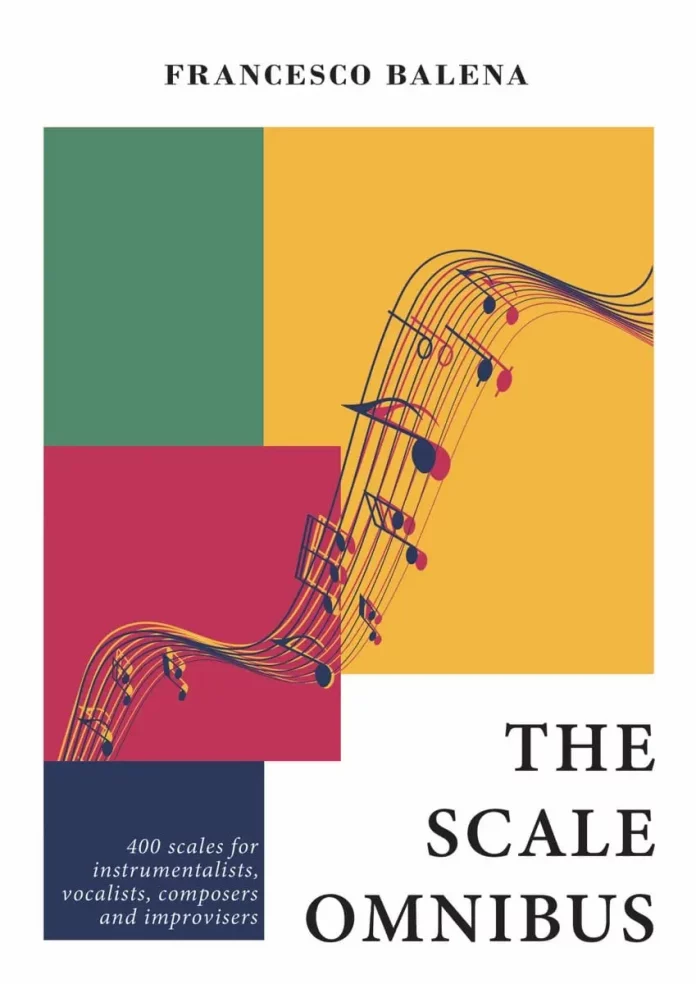Jazz musicians of all sorts take major and minor scales and keys for granted and can spend their lives so doing. They are enough to be going on with when one knows, for instance, that any note can be added to a minor scale except a major third and that scales can be natural, harmonic or melodic. There are a few more useful scales depending on tastes in popular music.
But they were happy with charts in major or minor, spiced if necessary by the addition of sevenths, ninths and thirteenths to the triad, root included or not. Then came George Russell in 1953 with his introduction to and experiments in modal scales, which enabled musicians to improvise horizontally rather than vertically based on chords. Miles Davis popularised the idea in the late 1950s with a modal concept of jazz performed on a limited number of scales employed as a basis for melodies and taken from older musical systems. It was what Russell had pioneered. John Coltrane’s Impressions and Davis’s So What? are examples of modal charts.
Are you lost? Technical knowledge isn’t a prerequisite of the ability to appreciate and understand music but even a smattering can enhance the experience. In what could become a hefty vade mecum, saxophonist and technical writer Francesco Balena’s The Scale Omnibus offers an astonishingly rich compendium of all known scales and “related sound possibilities”. Sound possibilities are what composers, especially jazz’s “on the hoof” improvisers, are chasing all the time. Well, in this book there are 400 examples to choose.
From the Neelangi (a symmetrical Indian raga obtained by removing the 4th and 8th note of a diminished scale) to the Sho (a Japanese six-note obtained from the Dorian or melodic minor by omitting the 7th), Balena on each page describes a specific scale and gives brief but useful information about it. It’s a vast subject. Each scale is transposed to all 12 keys and comes with a list of chords over which it can be used.
“Regardless of which musical style you’re involved in, there’s an unexplored world out there based on scales you might not be familiar with,” Balena says. “Studying and practising uncommon scales add new sounds to your musical vocabulary and can inspire novel ideas for composition and improvisation. (My) objective is to provide information about the many scales you can borrow from all over the world, from Western composers of the past to jazz and rock improvisers of the present.”
It’s not too much to hope that a jazz musician working from the examples in this book might give us something new and refreshing. What treasures might lie nascent in the Tcherepnin Major Pentatonic or the Mela Hatakambari? Let the exploration begin.
The Scale Omnibus by Francesco Balena. Independently published on Amazon; 422pp; 400 notated examples; pb; £26.49
















